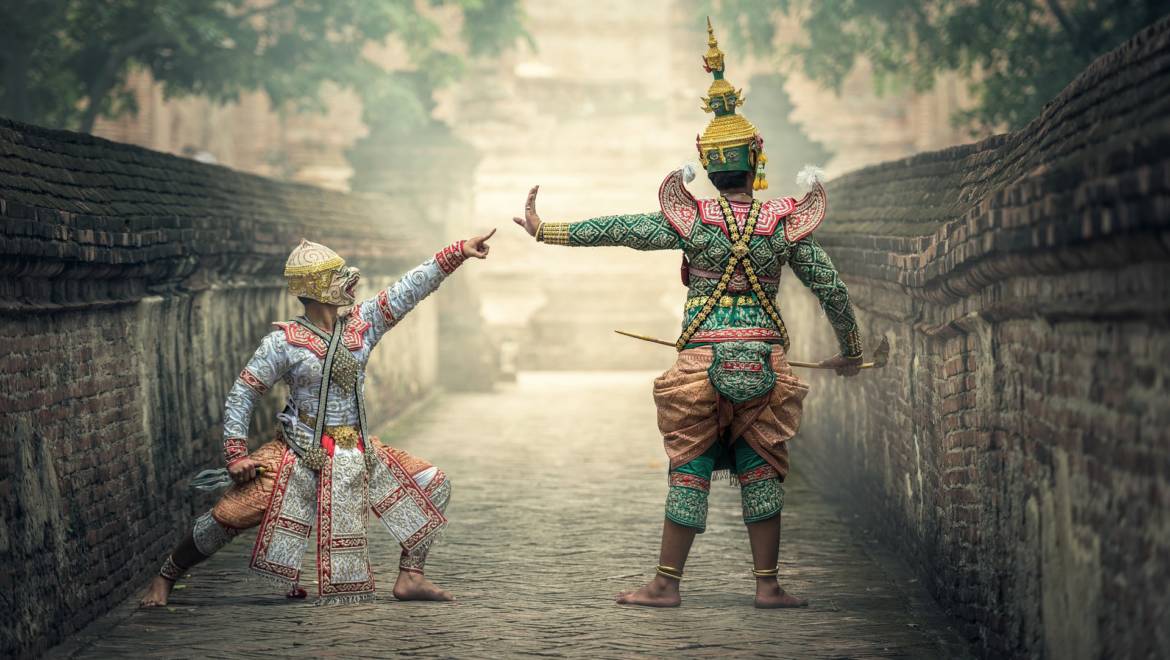Psychosomatic aspects of musculoskeletal pain
The human body is not a smart machine, as it is often perceived in Western society. Therefore, it is not possible to repair or replace an individual component in isolation and thus eliminate the problem. Organ systems communicate closely with each other using thousands of chemicals and nerve impulses. The musculoskeletal system is one of the first to respond to various problems in everyday life.
When a person stands firmly on his feet, perceives his body and its center of gravity, has a stable connection with the ground. This term – not by chance – is also used by psychotherapy “to be grounded”. As is the case in nature, the same principles are constantly repeated in small and large, physical and mental stability are very closely intertwined. The connections between body and soul are also described in many different sayings: to lose ground under your feet, to stiffen with terror, to go on shaky legs, to go to your knees, to stoop in front of someone. Or a comparison describing the nature of a person “he is a straight man” or vice versa “he is a crooked”, “he is stubborn” or “he is soft”.
If we accept the symbolic idea of the body as the projection screen of the soul, where else could our attitudes to the world be represented more prominently than in the attitude/posture. It is known that depressed patients tend to be very “stiff” physically. Anxiety is caused by convulsive muscle contraction and is often accompanied by dizziness. Pressure to perform, sexual taboos, childhood traumatization, current relationship problems – these are all topics that permanently disrupt muscle performance, change the perception of pain, interfere with nerve-hormonal regulatory circuits.
Very often, patients with pain in the musculoskeletal system can be traced that by changing the external posture, they try to disguise the internal attitude. For this reason, it is so important to stand alert to the soldiers, who often experience the worst humiliation inside. However, it is precisely this pressure between actually experiencing and trying to act differently that leads to increased muscle tension, which creates pain and which reactively increases muscle tension. A vicious circle is formed, and the pains become chronic.
In most patients with long-term musculoskeletal pain, we find a suppressed reaction to stress. On the one hand, it is the fear of inappropriate behavior – the fear that they might take an aggressive counterattack against the provoking cause, and on the other hand, the suppression of the escape reaction, which is also associated with the suppression of anxiety. Often it is even both of these phenomena at the same time and thus contradictory impulses are sent to the muscles, which in aggregate increase muscle stupor. A person working under an authoritarian boss cannot afford to physically assault his boss or immediately run away from his job without losing his job. This conflict is then experienced at the level of the body – back pain. To specific conflicts of this type, other stressors are added nowadays, because the times favor the young, upright, successful, always potent. Especially in men, back pain is also related to the loss of authority in the family, subjectively insufficient financial remuneration, failure in the intimate-sexual area.
The holistic approach to dealing with pain in the musculoskeletal system is gradual, focusing first on overall calming, relieving both physical and mental tensions. Psychotherapeutic methods deal with the search for connections between pain and stereotypes of behavior, relationship patterns, ambivalences in the life story. Therefore, psychotherapy is of great importance in such patients and, together with physiotherapy, brings significant relief from physical difficulties.

